The 4-cylinder engine is the most widely used engine configuration in the motoring world, mostly found in family cars, hatchbacks, and even some SUVs. The inline-4 configuration is by far the most popular, mounted either longitudinally or transversely in an engine bay. Other cylinder configurations include flat-4, boxer-4, and V4 – however, the latter is not as popular today, with only Subaru and Porsche still actively using boxer engines.
Four-cylinder engines come from nearly the earliest automobiles, getting better as the technologies improved, and new techniques were invented. By the 1980s, the 4-cylinder was cemented as a staple within the automotive industry, before getting another breath of life with the introduction of widespread force-induction – mostly in the form of turbocharging, however with some superchargers as well. While this increased power and efficiency, it didn’t necessarily make the engines better to use. Some were still pretty terrible and even engines produced by notable automakers had major issues.
The 4-cylinder engine may be the most popular engine configuration, but this doesn’t mean all of them are good. Here are ten force-induced 4-cylinder engines that leave much to be desired.
9/9 Audi EA113 1.8T
The Audi EA113 1.8-liter turbocharged inline-4 is a pretty great engine when considering the bang for the buck. It provides good power and when mated to a sports exhaust, has a nice sound. Unfortunately, it has some engineering mistakes which make it unreliable.
Like so many VW Group engines, the 1.8T tends to consume more oil than necessary, leading to higher costs. It also has a sludge formation issue which can be expensive to rectify and the coil packs for the spark plugs can randomly stop working.
8/9 Skoda AWY 1.2T
While Skoda is not sold in the US, it is a VW Group subsidiary with models simply being rebodied VW cars. One of these is the Fabia – the Polo-based hatchback. The Fabia came with a 1.2-liter inline-4 turbo which had a range of issues that VW never bothered to fix.
The biggest issue was the weak hydraulic tensioner for the timing chain, which let the chain skip a tooth – or a few – putting the timing off. It also liked to consume oil and sometimes even valves. As an added bonus, the throttle could also fail due to faulty butterfly valves on the intake manifold.
7/9 Subaru EE20 2.0TDI Flat-4
Today, flat-4 engines are not as common as they once were, with only Subaru and Porsche still producing them. One pretty interesting engine designed by Subaru was a flat-4 turbo-diesel – a highly uncommon style of motor.
Unfortunately, this engine wasn’t in production very long as the fuel injectors easily clogged, and the filters needed changing often. Subaru fixed the issues with the engine even after it was discontinued, but many sold their cars as it was too expensive to maintain.
6/9 VW EA188 2.0TDI
Another troublesome VW engine was the EA188 2.0-liter turbo-diesel. It was specifically designed to replace the absolutely unstoppable 1.9-liter TDI which graced many VW Group models. The EA188 did not live up to its predecessor in any way.
Among the many problems was the electronics, the turbocharger easily gave in and the dual-mass flywheel could produce a balancing problem. The balancing shafts also had issues and the oil pump was surprisingly fragile, causing failures across the board.
5/9 Toyota 2AD-FHV 2.0TDI D-CAT
The Toyota 2AD-FHV is a 2.2-liter turbodiesel unit that has quite impressive performance figures. It has good low-down torque and offered more punch than many other Toyota engines. It was mostly available in the second-generation Avensis and was one of the few diesel Lexus models made in the IS 220.
Sadly, it had some big problems. One of the more common – and severe – issues was that the particulate filters would clog, and the fumes would leak into the cabin. The material used to seal the header to the block also caused problems, often requiring an entirely new head when removed for maintenance.
4/9 SAAB B204 2.0T And B234 2.3T
Fast SAABs are among the coolest daily drivers out there, but unfortunately, they had some problems. The 9-3’s 2.0- and 2.3-liter turbocharged engines often overheated due to terrible cooling infrastructure, leading to hot turbos and boiled oil.
The excessive heat also caused the crankshaft bearings to expand and move, resulting in major issues with the balancing and alignment, usually resulting in completely totaled engines.
3/9 Fiat Z13DT 1.3TDI
The Fiat Z13DT was a small turbo-diesel engine used by the Italian automaker for its 500 and Panda superminis. The engine was quite punchy and had great fuel economy, but wasn’t without its problems.
The engine loved to drink its own oil and needed an oil change every 20,000 miles. It also had severe timing chain issues which would lead to untimely breaks. The insulation during colder months wasn’t the best, resulting in frozen particles in the combustion chamber, damaging the valves and pistons when the engine is started.
2/9 BMW N47
BMW engines are usually pretty robust and reliable, apart from the bits produced out of plastic – like the timing chain guides. The N47 was used in many cars and was the German brand’s go-to 4-cylinder turbo-diesel engine.
Sadly, it could be quite costly when things go wrong with the engine, but proper maintenance and preemptive replacement of parts lead to a strong and efficient engine for years to enjoy. That, or just pay a bit more for an inline-6 turbo-diesel instead.
1/9 VW AE888 2.0T
The VW AE888 is one of the most famous 2.0-liter turbocharged engines on the market as it is the powerplant in the front of the current Golf GTI – and Golf R. It is currently in its fourth generation and provides hot hatch levels of power.
–
While VW has had time to find and fix any problems it might have, the German automaker still sells the engine with a few issues. The biggest problem is the excessive oil consumption, mostly to do with the turbocharger. Some models also have cooling problems and the MQB platform in particular weirdly suffers from early turbo failure. Luckily, it is still a fantastic engine.
Sources: Engine Finder, Car Vertical

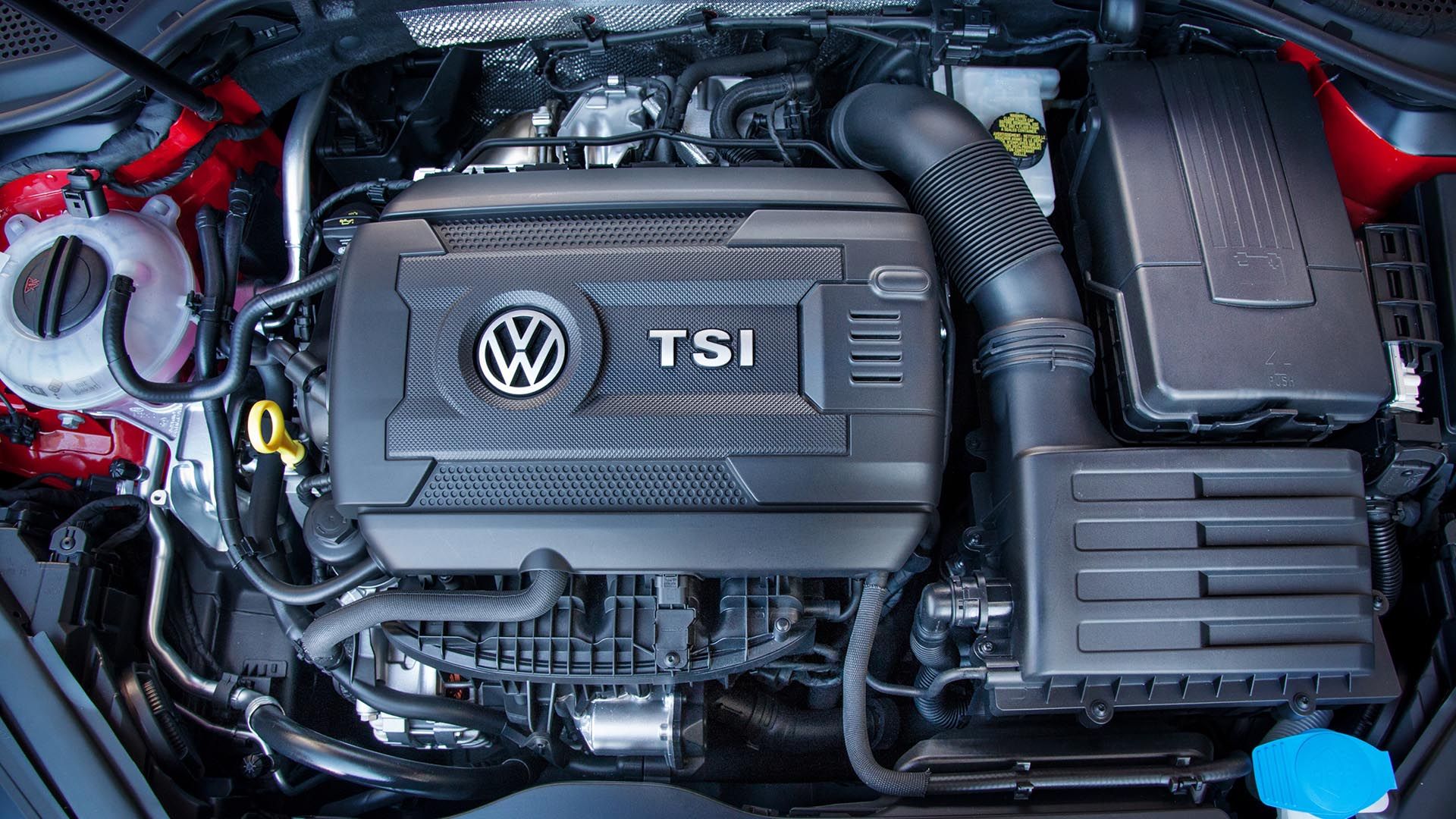




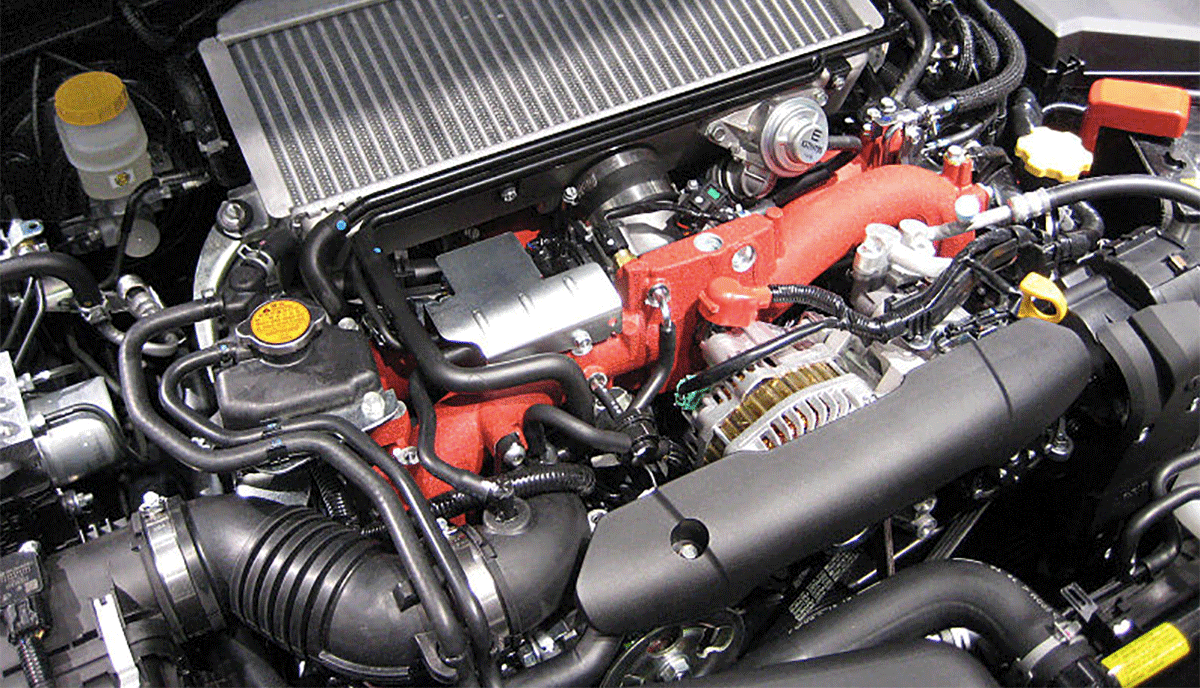

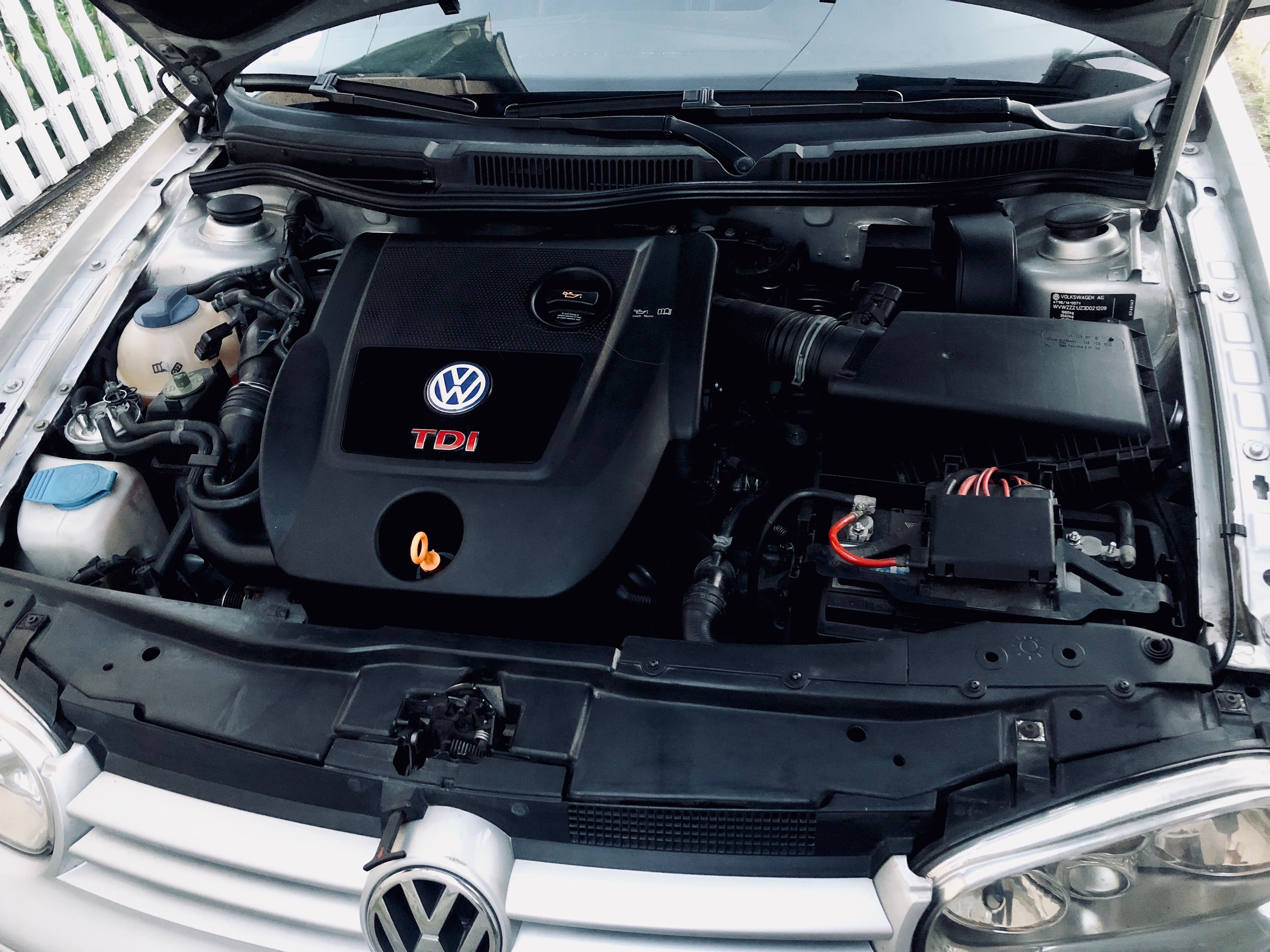
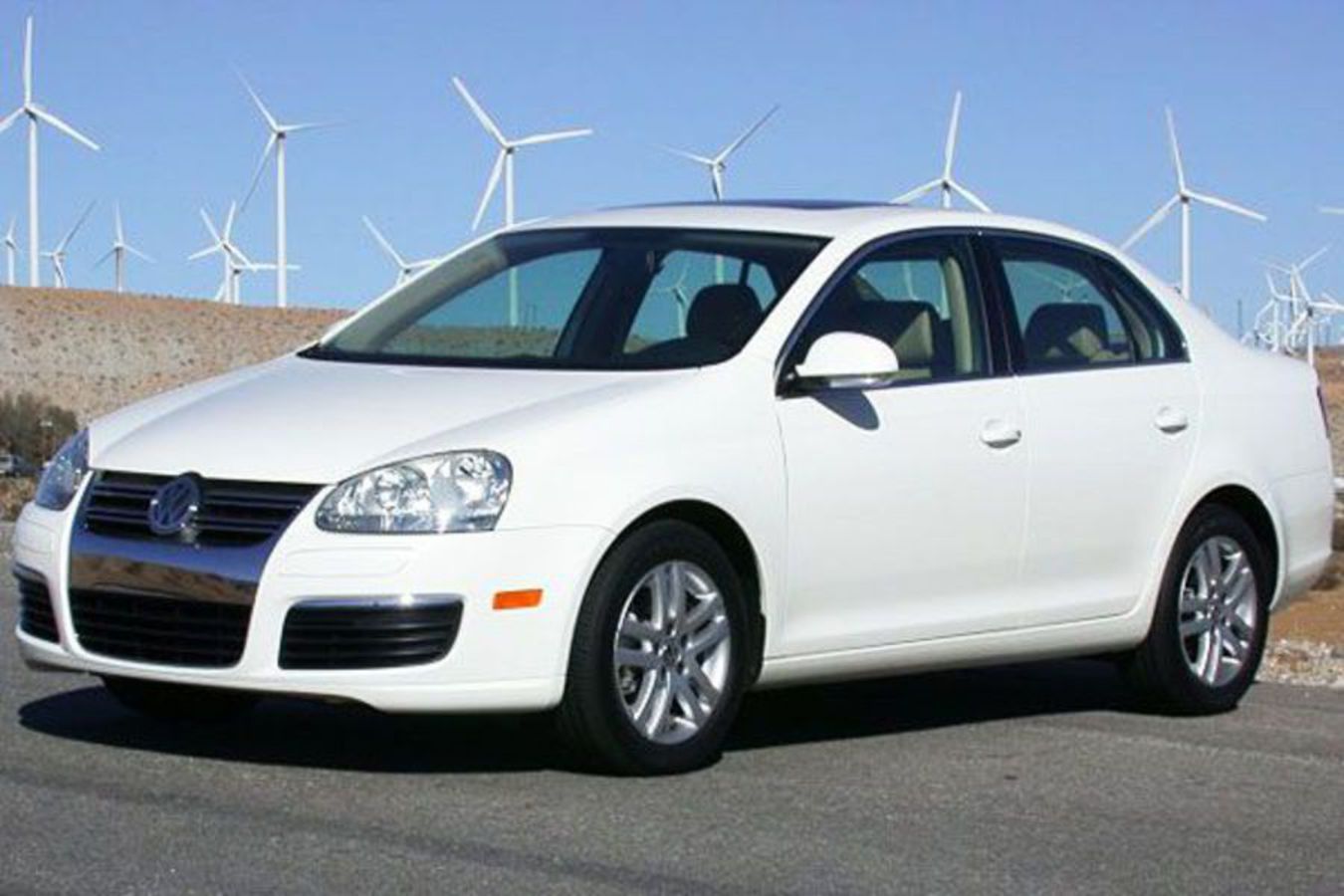


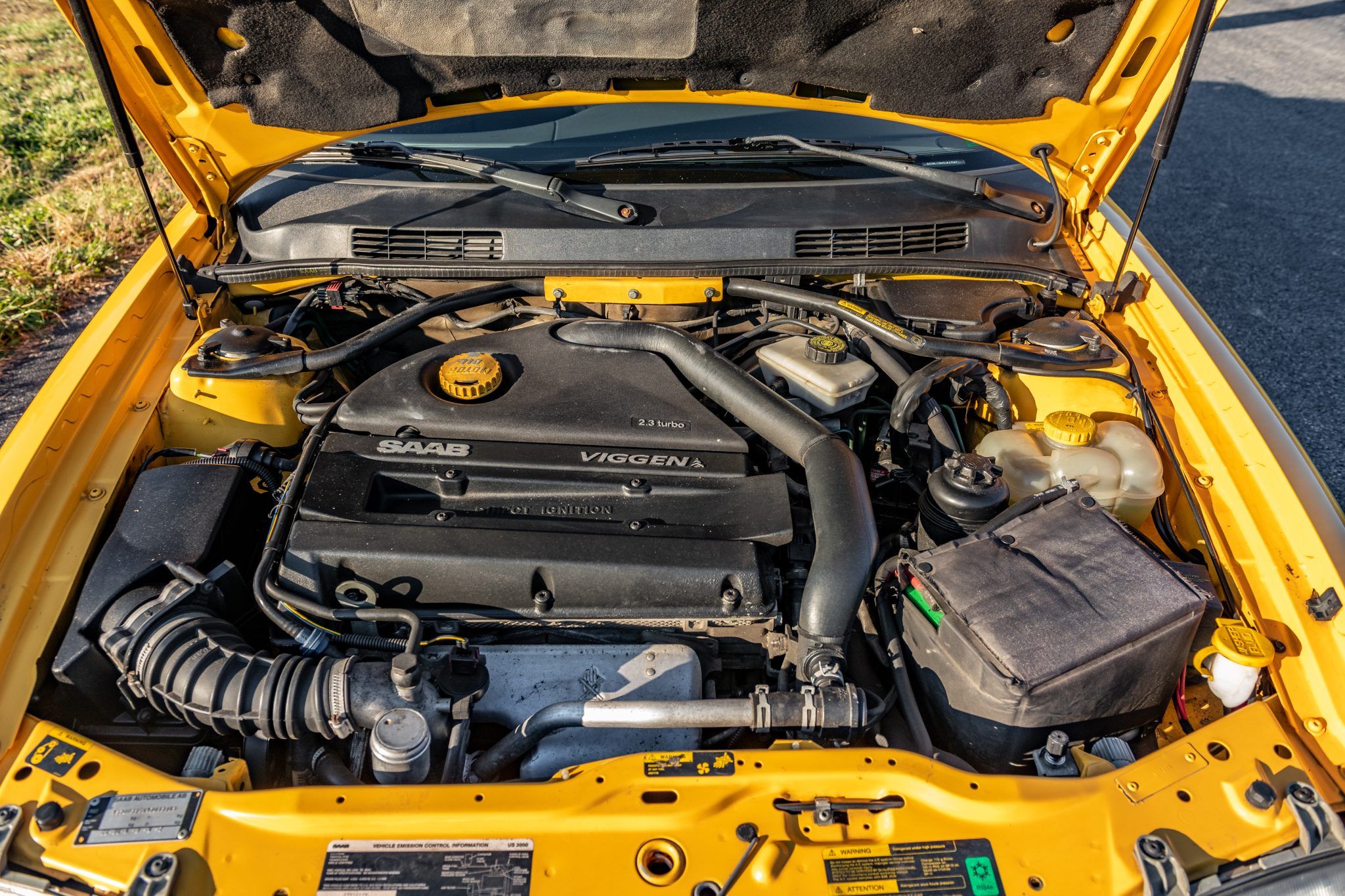
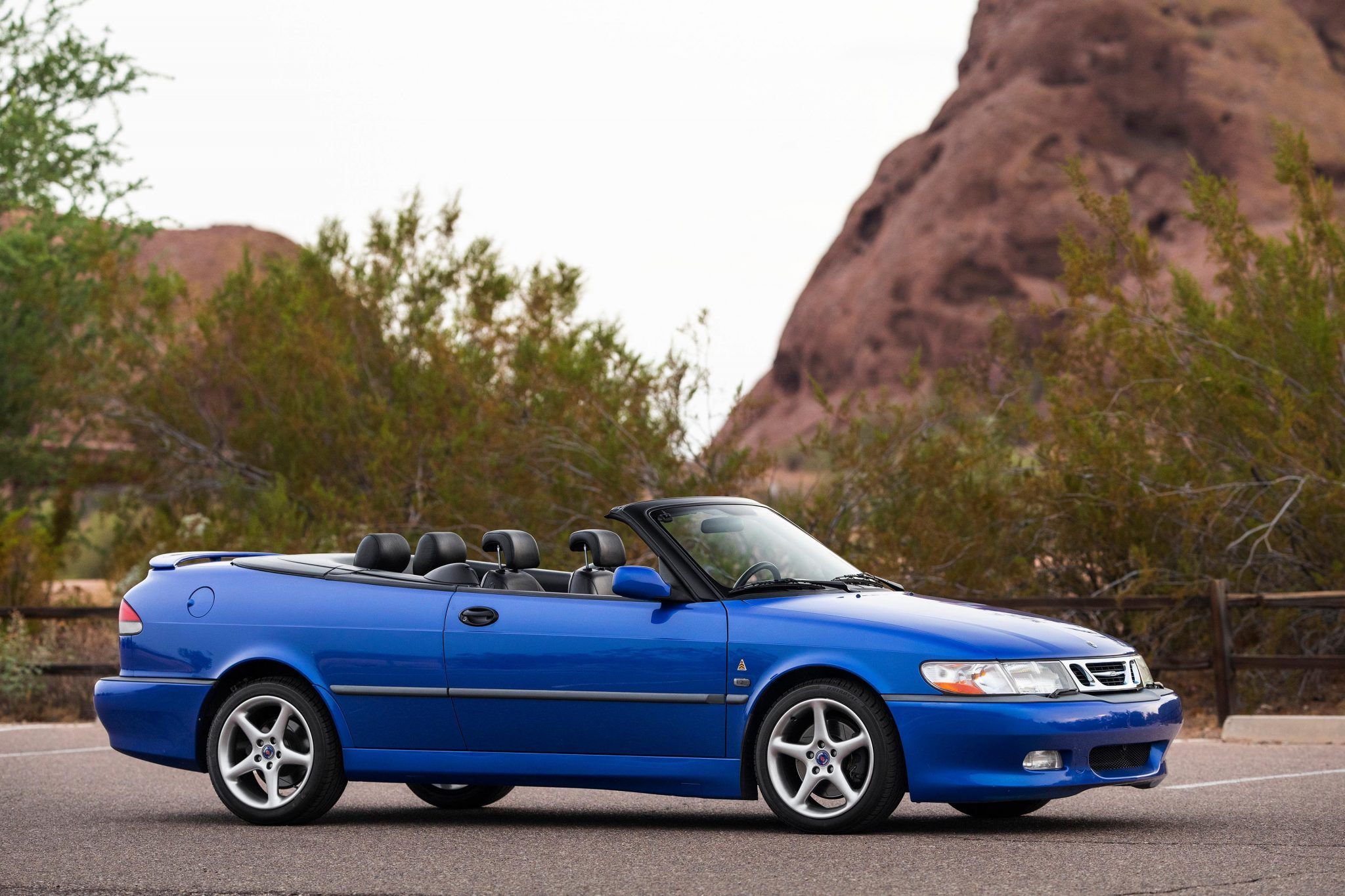



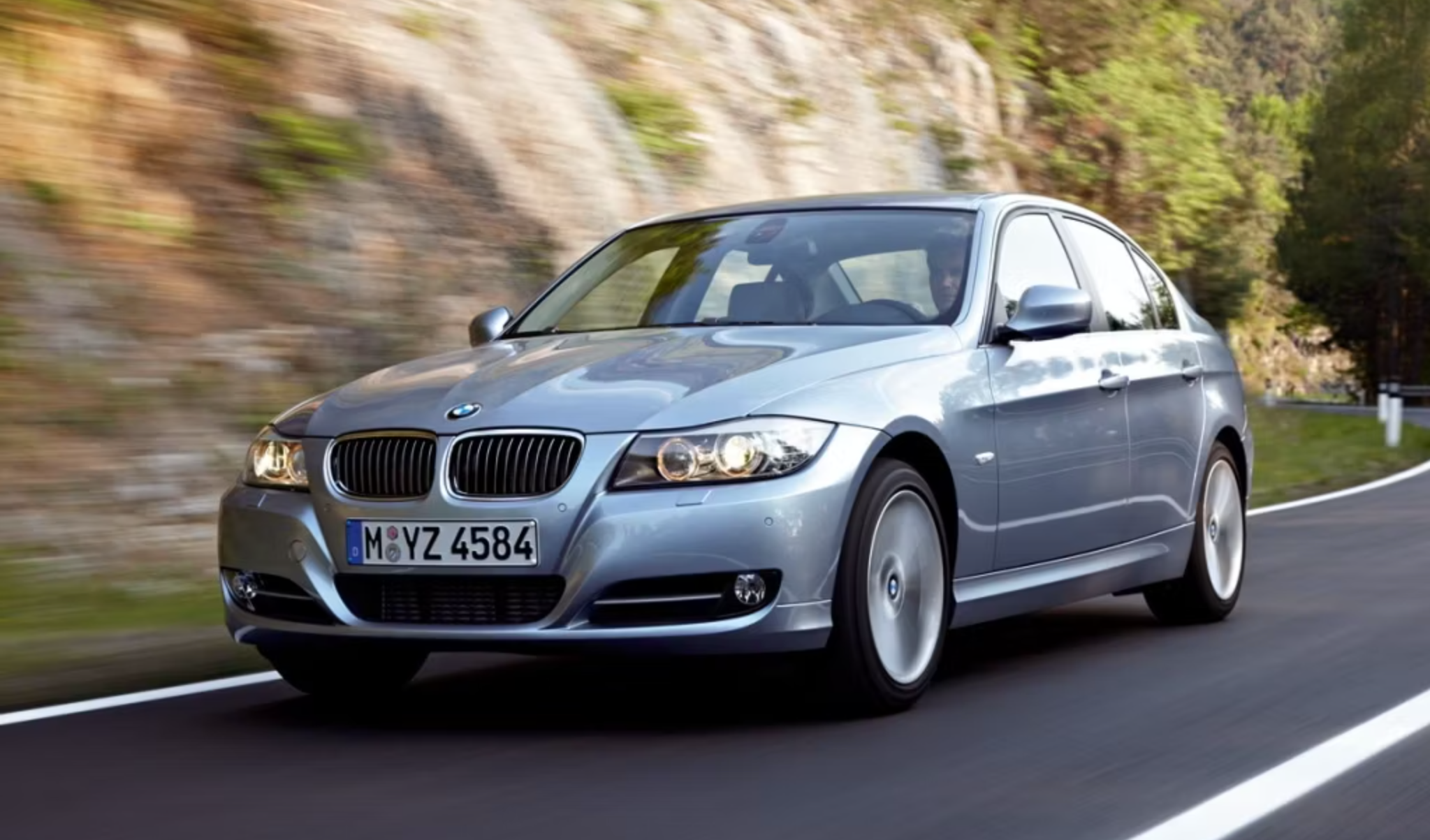

More Stories
Fleet Services: The Importance of Regular Diesel Maintenance and Inspections
M&D acquires Turbo Diesel & Electric, adding six branch locations
Twin-Turbo 5.9L Cummins-Powered Lamborghini – Engine Builder Magazine